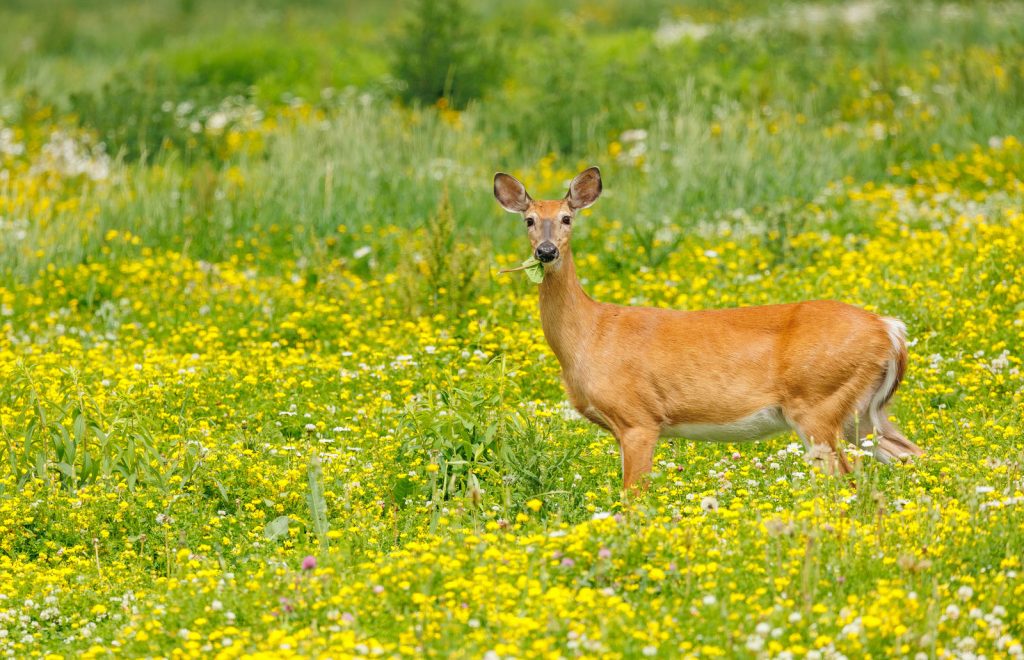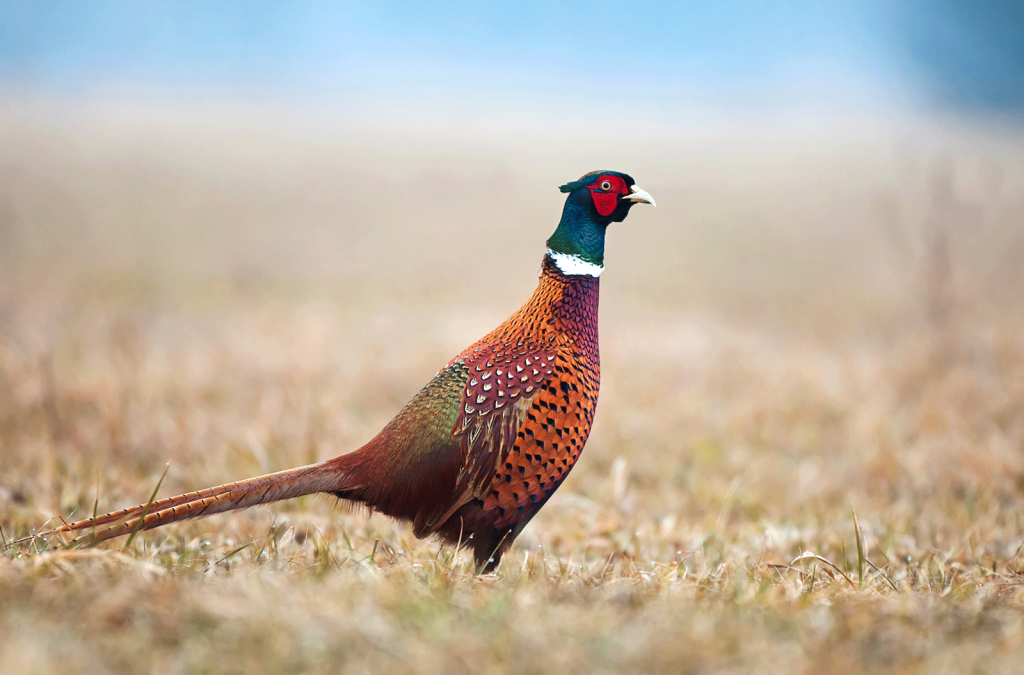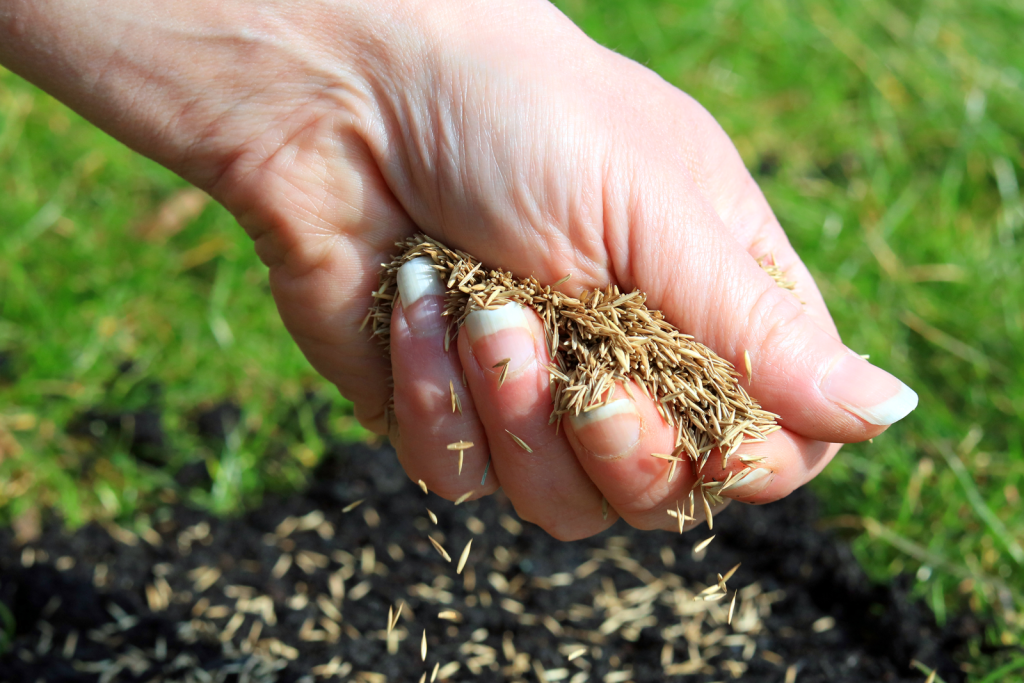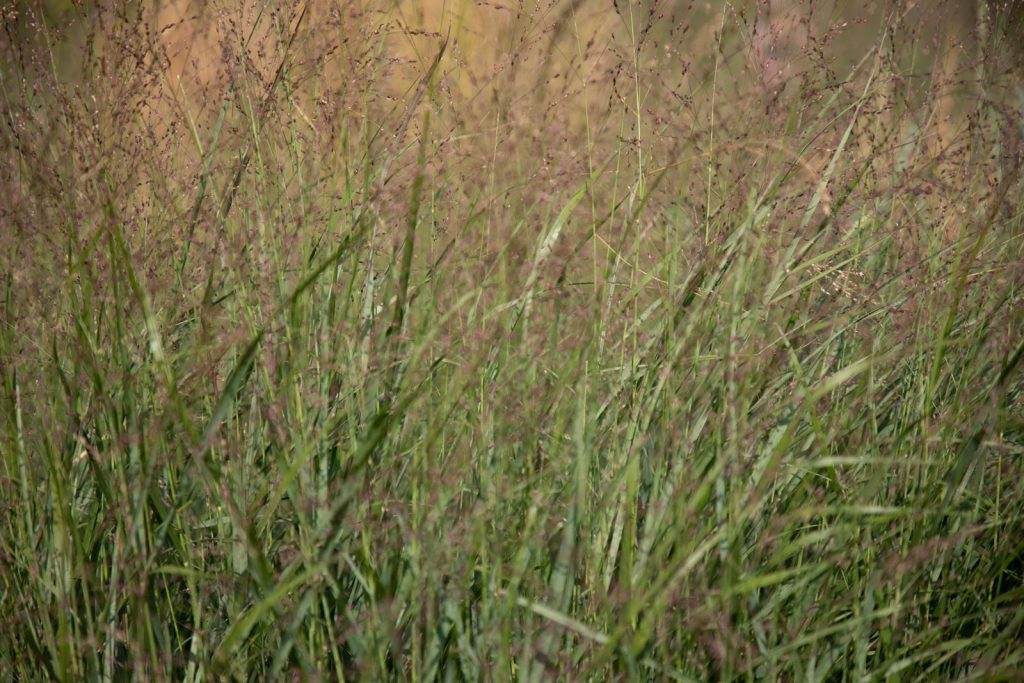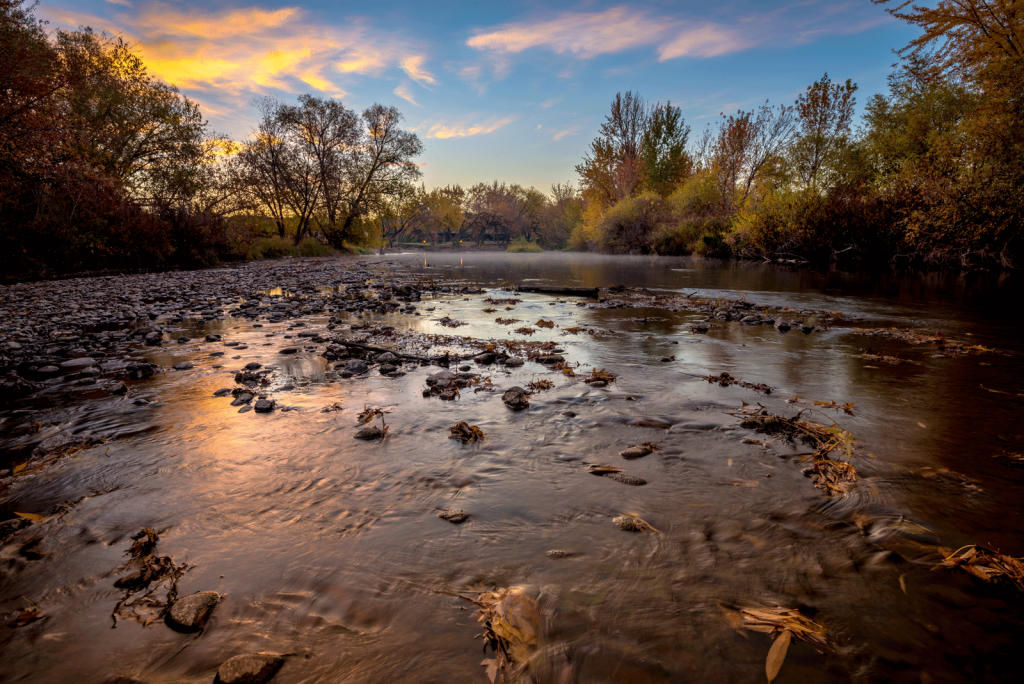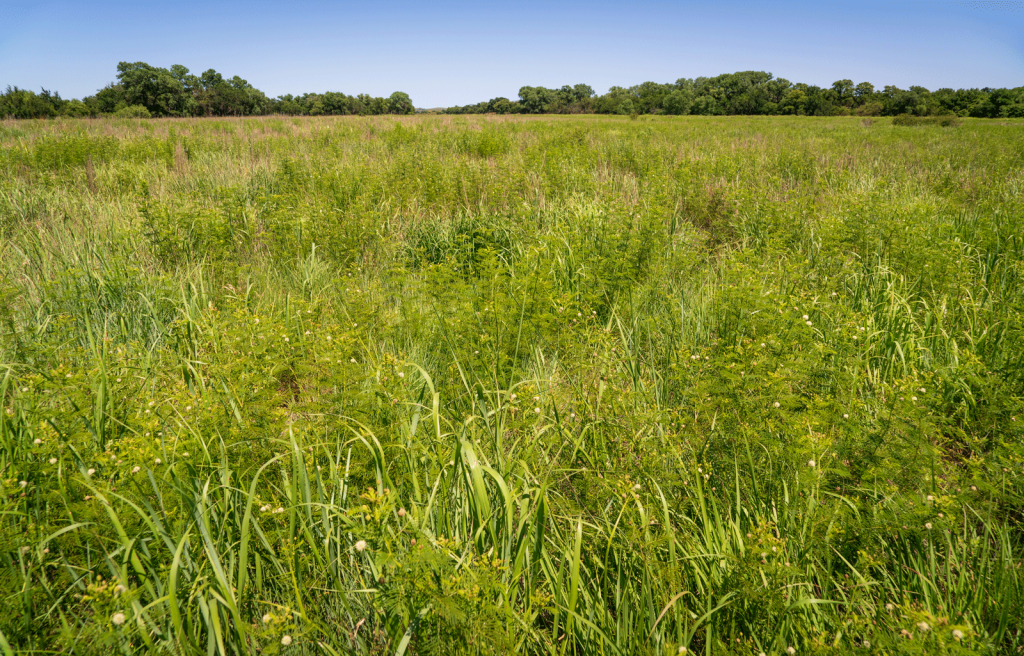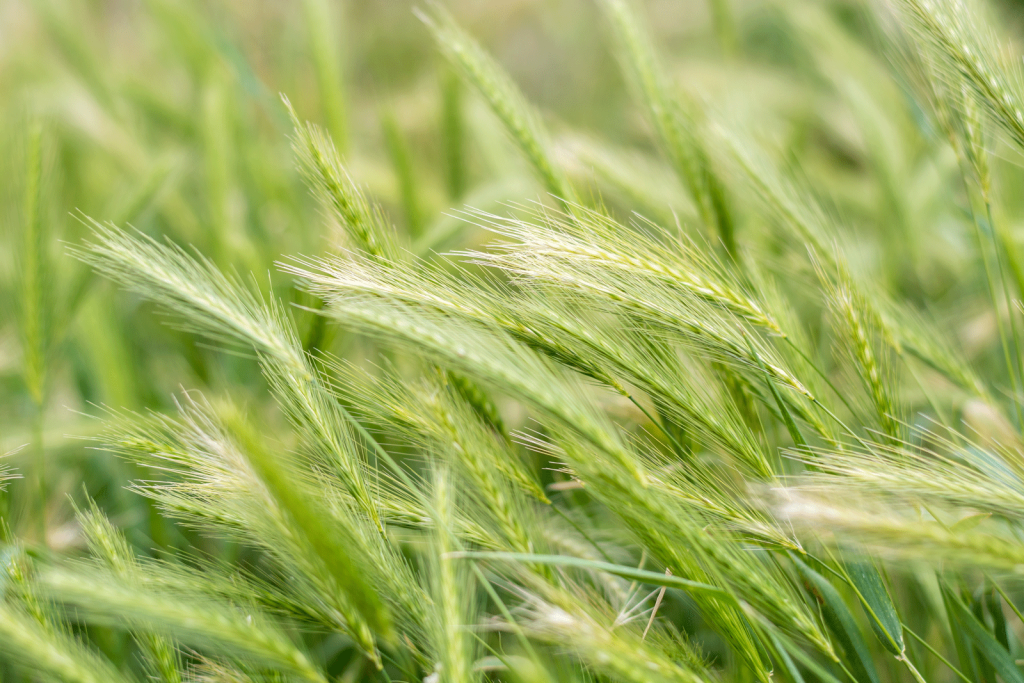Wildlife Corridors: How Native Plants Help Connect Habitats
How CRP plantings and other native landscapes can create essential corridors for wildlife movement and biodiversity preservation As development and land-use change continue to fragment natural landscapes, wildlife populations face growing challenges in accessing the resources they need to survive. Roads, urban sprawl, and agricultural conversion often cut off animals from food, water, mates, and […]
Wildlife Corridors: How Native Plants Help Connect Habitats Read More »

